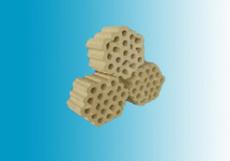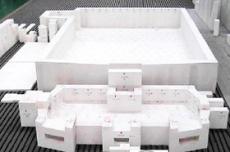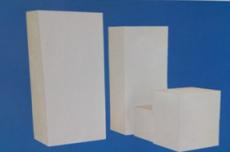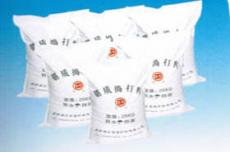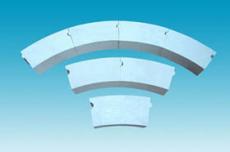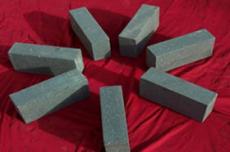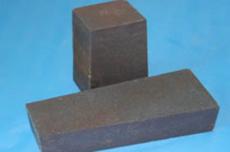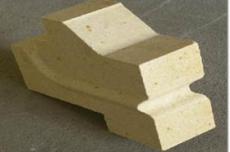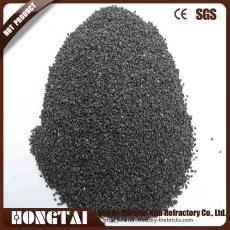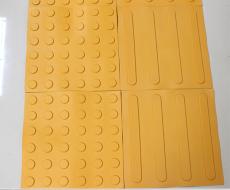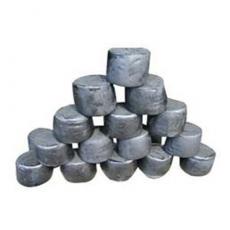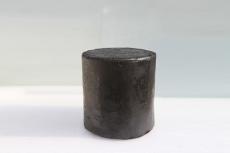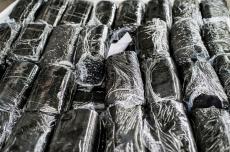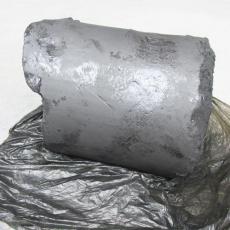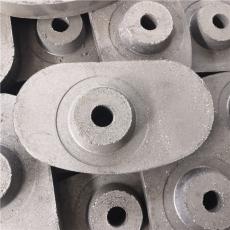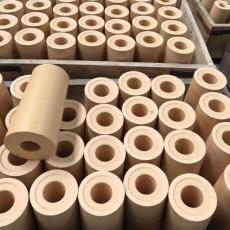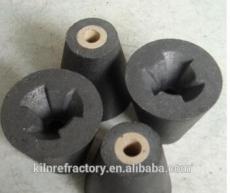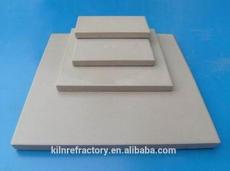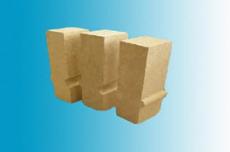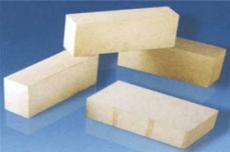
First, the refractory castable binder is a material that binds refractory aggregates and powders and produces refractory castables. The cementing method is divided into hydration, chemical combination, polymerization and condensation and other combinations, or a combination of several ways of combining. Bonding agent is an important component of refractory castables, the type is divided into two kinds of inorganic binder and organic binder, and the most commonly used inorganic binder. Inorganic binder can be divided into cement and other binders. The former has a portland cement, aluminate cement and magnesite cement, mainly through the hydration of cement leaving the refractory castable to produce strength; the latter a water glass, phosphoric acid, phosphate, sulfate, Soft clay and ultrafine powder, mainly through its chemical, polymerization and coagulation and other effects, so that refractory castables produce strength; organic binder mainly sulfite pulp waste, dextrin, starch, carboxymethyl cellulose, silicon Ethyl acetate, tar pitch and phenolic resin, mainly through its adhesive bonding, polymerization or condensation of a carbonation and other effects to obtain the strength, mainly in the following categories.
(1) hydration bonding - by means of the joint agent at room temperature and water hydration reaction to produce hydration products and produce a combination.
(2) chemical combination - by means of binding agent and hardener, or between the binder and refractory material at room temperature chemical reaction, or chemical reaction occurs when heated with a binding agent to produce a combination of compounds.
(3) Polymerization Bonding - Bonding strength is generated by polycondensation of the binder to form a network-like structure by means of a catalyst or a crosslinking agent.
(4) ceramic combination - refers to the combination of low temperature sintering, that is, in the bulk refractory can be added to reduce the sintering temperature of the additives or metal powder to greatly reduce the liquid phase temperature, promote the solidification reaction at low temperature and produce low temperature Sintered.
(5) Adhesive bond - is combined by one of the following physical effects. 1) physical adsorption: rely on the interaction between the molecules - van der Waals force to produce a combination; 2) diffusion effect: in the material molecules under the action of thermal motion, the binder and the molecules of the molecules were interdiffusion 3) electrostatic effect: the adhesive and the interface of the adhesive there is an electric double layer, by the double electrostatic layer of the electrostatic force to produce a combination of the role.
(6) Agglomeration bonding - by adding a coagulant to microparticles (colloidal particles) cohesion and produce a combination.
